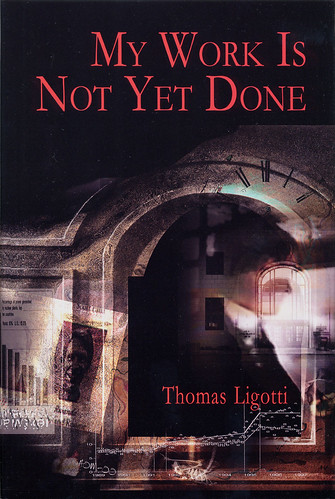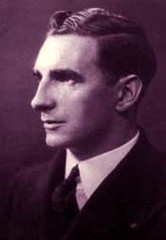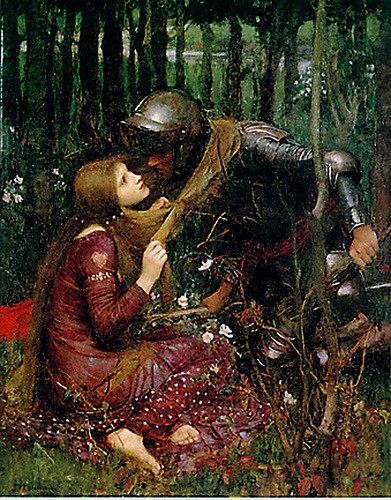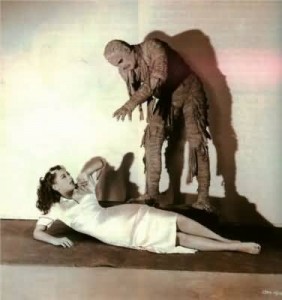I don't think it will do any harm to mention that Craig Herbertson was one of the contributors to the original and legendary Pan Books of Horror, and so was David A Riley who, with Linden Riley, own Parallel Universe Publications.
Within the UK you can buy a copy by either writing direct to Riley Books, 130 Union Road, Oswaldtwistle, Accrington, Lancashire, BB5 3DR), by email (rileybooks@ntlworld.com) or by sending a Paypal payment to info@rileybooks.co.uk. It is also available on Abebooks.com (direct link).
 |
| Cover art by Brian Keeley |
Overseas rates will be added soon.
Buyers can also contact Craig's brother, Scott, in particular for signed copies. Scott's email address is scottherbertson@hotmail.com. His address is Scott Herbertson, 12 Avenue South, Surbiton, Surrey, KT5 8PJ.
Or click on the book cover shown at left to visit Parallel Universe Publications.
The book has a foreword by Janis Mackay and an introduction by Craig.
Queries about buying copies of the book should be sent either to rileybooks@ntlworld.com or to Riley Books, 130 Union Road, Oswaldtwistle, Accrington, Lancashire, BB5 3DR, UK.
Or click the book cover shown to visit Parallel Universe Publications.
The full list of contents is:
Timeless Love (originally published in Big Vault Advent Calendar 2011)
Synchronicity (originally published in Filthy Creations #2)
The Glowing Goblins, (originally published in Auguries #16)
New Teacher (originally published in The Seventh Black Book of Horror)
The Janus Door,
The Heaven Maker (originally published in The 29th Pan Book of Horror Stories)
The Waiting Game (originally published in Back from the Dead: The Legacy of the Pan Book of Horror Stories)
The Art of Confiscation, Gertrude, Not Waving, Spanish Suite (originally published in The Sixth Black Book of Horror)
The Anninglay Sundial, Soup (originally published in The Fourth Black Book of Horror)
A Game of Billiards (originally published in Tales from the Smoking Room)
The Navigator (originally published in Big Vault Advent Calendar 2011)
The Tasting, Steel Works, Liebniz's Last Puzzle (originally published in The Fifth Black Book of Horror)
Big Cup, Wee Cup, Gifts (originally published in Big Vault Advent Calendar 2011)










